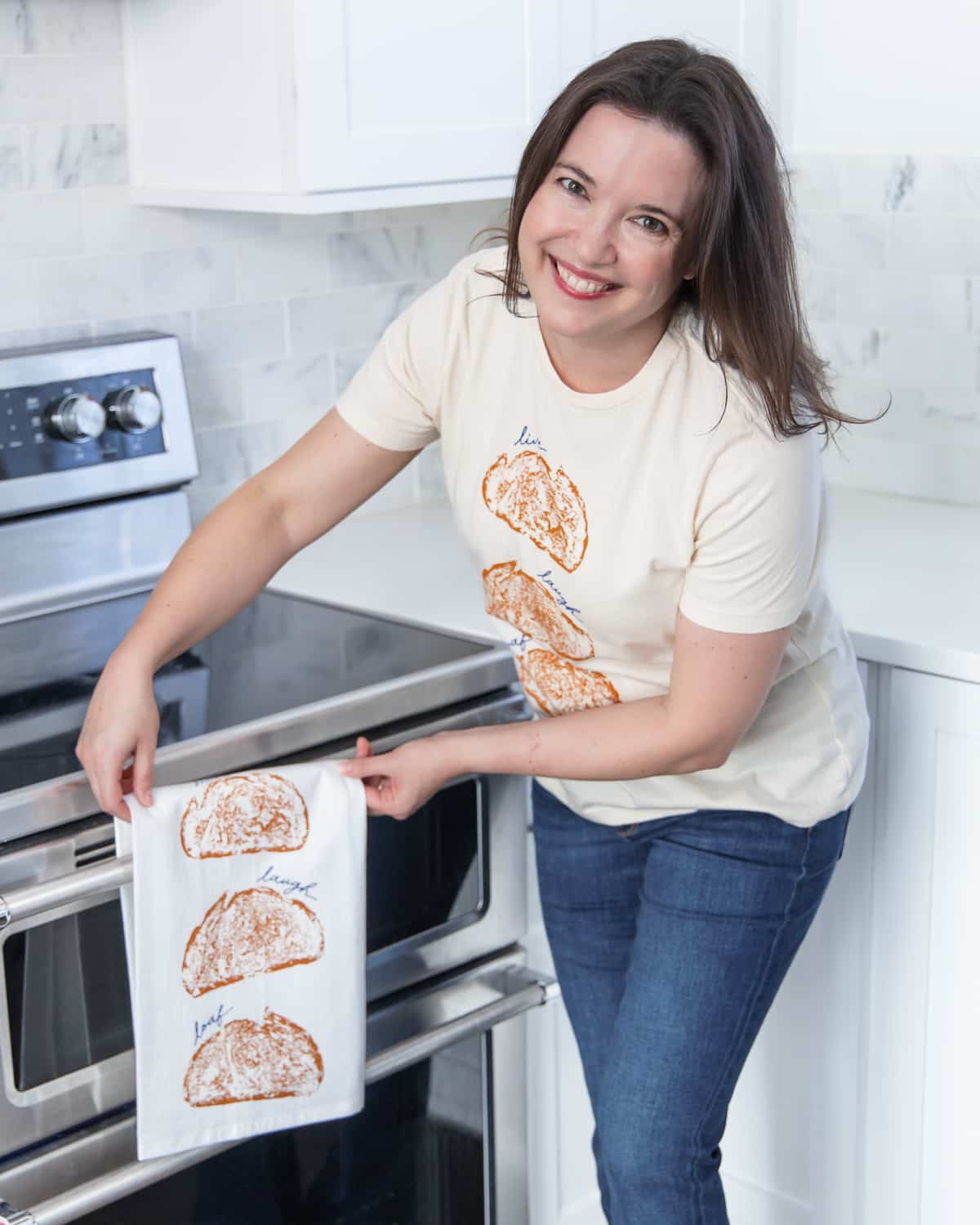Homemade pasta is something I’m going to try to do more of in 2018. It’s really not all that hard and, even when you’re just making plain pasta, the result is so worth the effort. But throw into the mix the fact that you can go wild with different shapes, flavors and colors and, well, the benefits of homemade fresh pasta become even more pronounced.
And while it might take a little time and effort to make, the process is surprisingly easy. You can also make a big batch and freeze it for later use (we get two whole dinners and two leftover lunches out of one batch of pasta, making it well worth the initial effort).
Dramatic black squid ink pasta is one of my favorite kinds of pasta, and something I usually only see on fancy restaurant menus. You can often find dried squid ink pasta in Italian specialty shops or gourmet grocery stores, but, like regular pasta, it’s so much better when it’s fresh.
The squid ink is not flavorless, but rather lends a subtle brininess to the pasta in addition to the dramatic black color, so sauce accordingly. I find it’s best served with some sort of seafood, such as shrimp, crab, or calamari. And, might I add, stay away from the cheese: it’s Italian culinary doctrine that cheese and seafood shall not mix. I’d argue there are some situations where that rule can be broken, but in this instance, I think it’s valid.
If you have flour and eggs, then technically you can make pasta at home. That said, there are a few tricks, strategies, and special ingredients that will make your pasta even better.
Tips for making homemade pasta:
– The easiest way to get an even color throughout the dough is to blend the squid ink with the eggs and then add that liquid to the dry ingredients. This ensures the color is distributed evenly and you don’t end up with a streaky dough.
– One thing that is not optional when making homemade pasta is the rest period. Resting your dough allows the flour to fully hydrate and the gluten to relax, making for a pasta dough that’s much smoother and more workable than if you tried to roll it out immediately. You need to let it rest for AT LEAST 30 minutes, ideally more like an hour. You can also pop it in the fridge overnight to rest, just be sure you take it out at least 30 minutes before rolling to let it come to room temperature.
– Traditionally, noodles are cut using a chitarra or guitar string cutter, but you can use a pasta cutter (the KitchenAid attachment I use comes with both fettuccine and spaghetti cutters), or you can cut it by hand with a sharp knife (say if you want luxuriously wide pappardelle noodles). Just know that the noodles will expand when cooked, so for pappardelle I recommend cutting your noodles about 1/2-inch wide.
– I prefer a combination of Italian-style 00 and Semola flour in my pasta, as I like the flavor/texture that the semola adds (you can see below that the dough looks a bit sandy; if I had used entirely 00 flour it’s look much smoother and silkier).
I used Antimo Caputo brand 00 chef’s flour and fine semola flour, both of which are easily acquired online. You can read more about the different kinds of flours, and how they differ from regular AP flour below.
from Love and Olive Oil http://ift.tt/2DjvNYi





0 comments:
Post a Comment